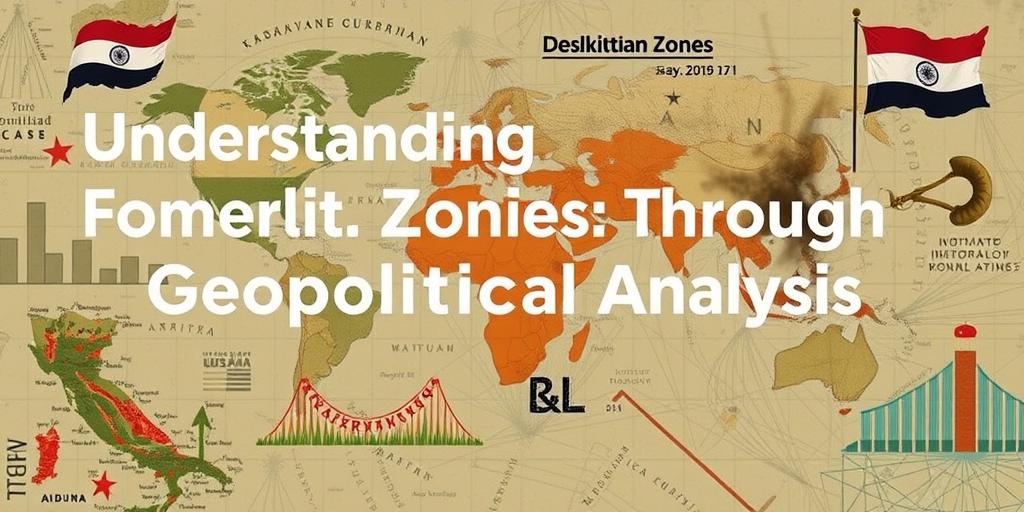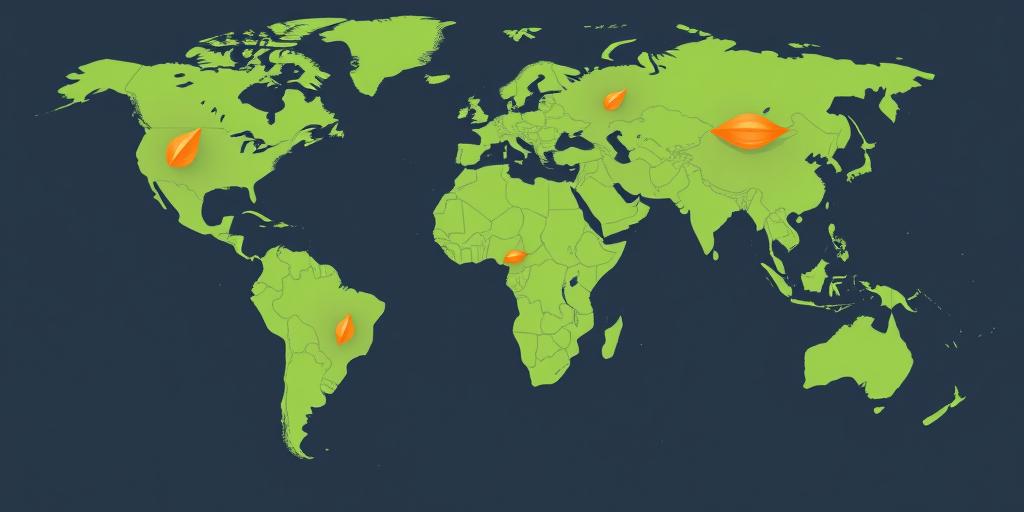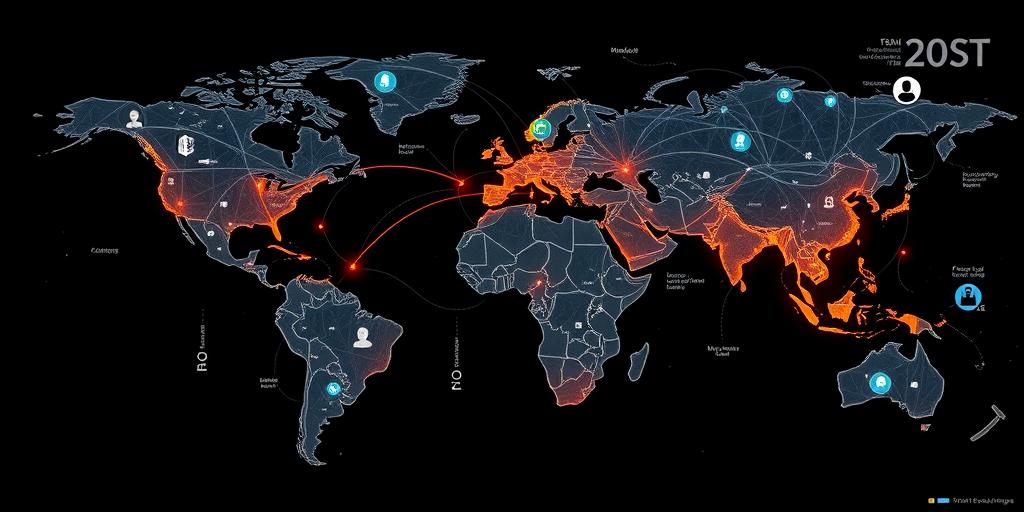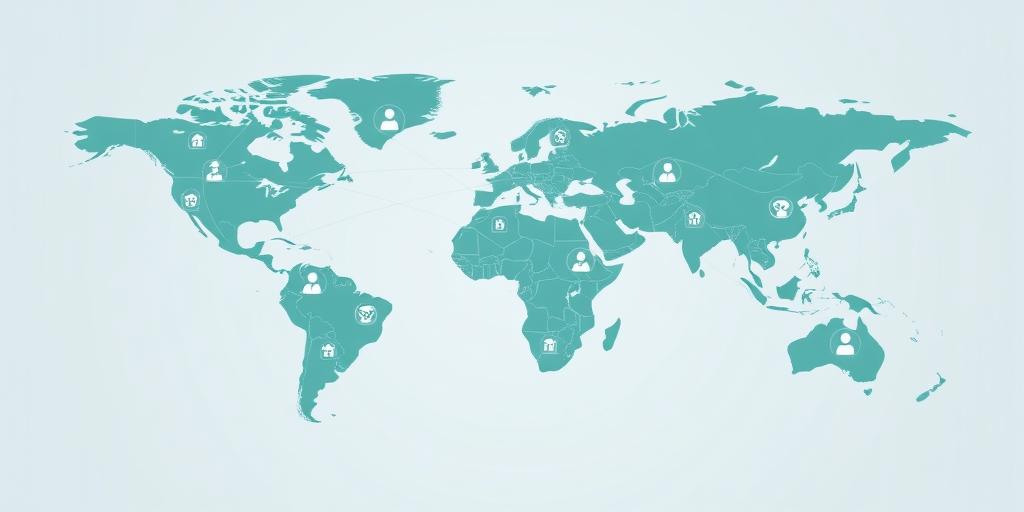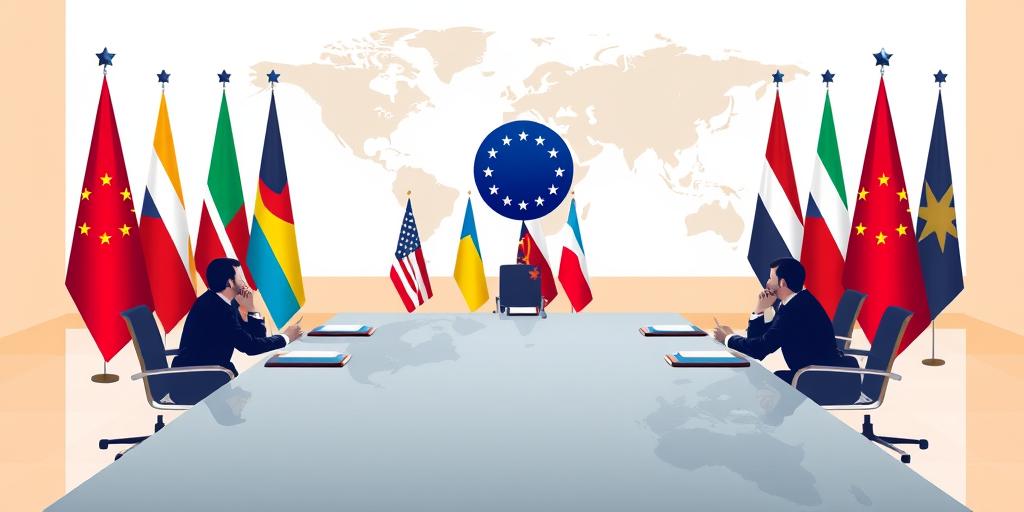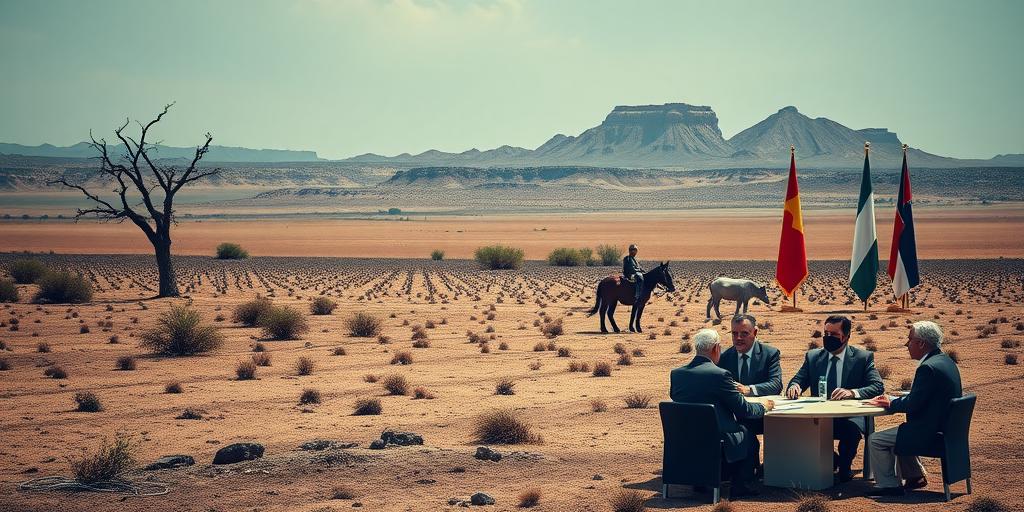
Climate Change as a Driver of International Conflict
Climate Change as a Driver of International Conflict
Climate change, once viewed primarily as an environmental issue, is increasingly recognized as a significant driver of international conflict. Its impacts, ranging from resource scarcity to mass migrations, exacerbate existing tensions and create new flashpoints between nations. Understanding this connection is crucial for developing effective strategies to mitigate both climate change and its security implications.
Resource Scarcity and Conflict
One of the most direct ways climate change fuels conflict is through resource scarcity. As temperatures rise and weather patterns shift, access to vital resources like water and arable land becomes increasingly limited. This scarcity can lead to disputes between communities and nations that depend on these resources for their survival.
- Water Scarcity: In regions already facing water stress, climate change intensifies the problem. Rivers and lakes dry up, groundwater levels decline, and droughts become more frequent and severe. This can lead to conflicts over water rights, especially when multiple countries share a water source. For example, the Nile River, which flows through several African nations, has been a source of tension due to competing demands for its water.
- Arable Land: Changes in temperature and rainfall patterns can render previously fertile land unsuitable for agriculture. This can lead to food shortages, economic hardship, and displacement of populations. Competition for dwindling arable land can trigger conflicts, particularly in regions with existing ethnic or political divisions.
Mass Migration and Instability
Climate change-induced mass migration is another significant source of international conflict. As environmental conditions deteriorate, people are forced to leave their homes in search of more habitable areas. These migrations can overwhelm the resources and infrastructure of host countries, leading to social and political instability.
- Environmental Refugees: Climate change creates environmental refugees, individuals who are forced to migrate due to environmental degradation. These refugees often face discrimination and marginalization in their new homes, which can fuel social tensions and conflicts.
- Strain on Resources: Mass migrations place a strain on the resources of host countries, including food, water, and housing. This can lead to resentment among local populations, who may feel that their own needs are not being met. Competition for resources can trigger conflicts between migrants and host communities.
Exacerbation of Existing Tensions
Climate change does not operate in a vacuum; it often exacerbates existing tensions and vulnerabilities. In regions with weak governance, poverty, and ethnic divisions, the impacts of climate change can act as a threat multiplier, increasing the risk of conflict.
- Weak Governance: Climate change can undermine the ability of governments to provide basic services, such as water, food, and security. This can erode public trust and create opportunities for extremist groups to exploit grievances.
- Poverty and Inequality: Climate change disproportionately affects poor and marginalized communities, who are often the most vulnerable to its impacts. This can exacerbate existing inequalities and create resentment, leading to social unrest and conflict.
Strategies for Mitigation
Addressing the security implications of climate change requires a multifaceted approach that combines mitigation, adaptation, and conflict resolution strategies.
- Mitigation: Reducing greenhouse gas emissions is essential to slowing the pace of climate change and limiting its impacts. This requires a global effort to transition to cleaner energy sources, improve energy efficiency, and protect forests.
- Adaptation: Helping communities and nations adapt to the impacts of climate change is crucial for reducing their vulnerability. This includes investing in drought-resistant crops, improving water management, and building resilient infrastructure.
- Conflict Resolution: Addressing the underlying drivers of conflict, such as resource scarcity and inequality, is essential for preventing climate change from exacerbating tensions. This requires promoting sustainable development, strengthening governance, and fostering cooperation between nations.
Conclusion
Climate change is not just an environmental issue; it is a security issue that has the potential to drive international conflict. By understanding the connections between climate change, resource scarcity, mass migration, and existing tensions, we can develop more effective strategies to mitigate both climate change and its security implications. This requires a global effort to reduce greenhouse gas emissions, help communities adapt to the impacts of climate change, and address the underlying drivers of conflict. Only then can we hope to create a more peaceful and sustainable world.

